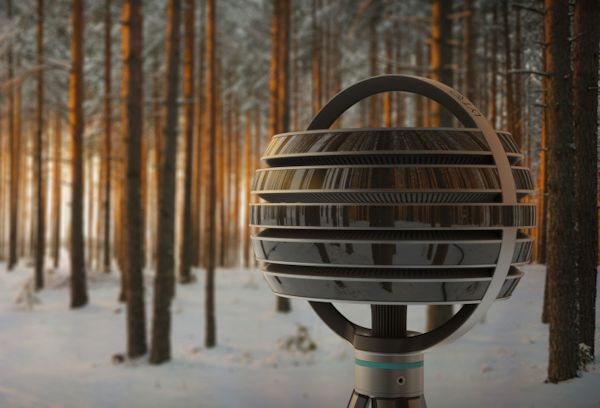CALL FOR ABSTRACTS
Designing Moral Technologies – Theoretical, Practical and Ethical Issues
July 10-15, 2016
LOCATION: Centro Stefano Franscini (http://www.csf.ethz.ch/)
on the Monte Verità near Ascona, Switzerland
Submission deadline: January 31, 2016
SCOPE: Many empirical disciplines, such as sociology, psychology, neuroscience and anthropology, contribute to a growing knowledge of the foundations, mechanisms, and conditions of human moral behavior in various social contexts. This knowledge provides a basis for moral technologies – interventions intended to improve moral decision-making that do not target deliberation itself, but underlying neurological or psychological processes, as well as technological mediators of human social interaction. Such technologies include pharmacological interventions (“moral enhancement”), social technologies for “nudging” people, and persuasive information technologies. This development raises important questions, such as: Are context-sensitive moral technologies possible? To what extent is it morally justifiable to bypass deliberation in pursuit of improved moral decision-making?… read more. “Call: “Designing Moral Technologies – Theoretical, Practical and Ethical Issues” (conference)”




